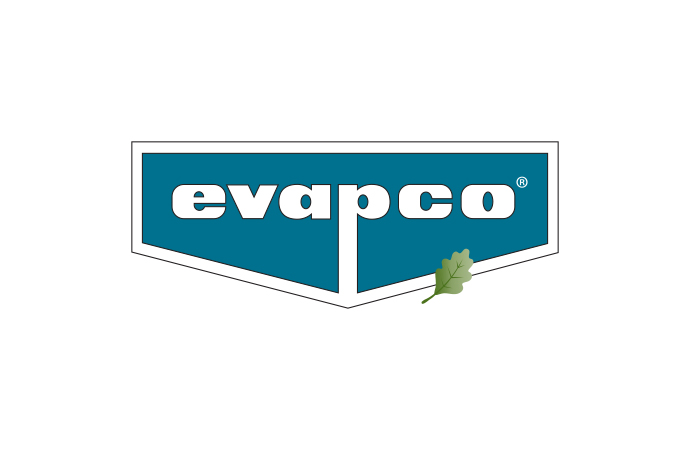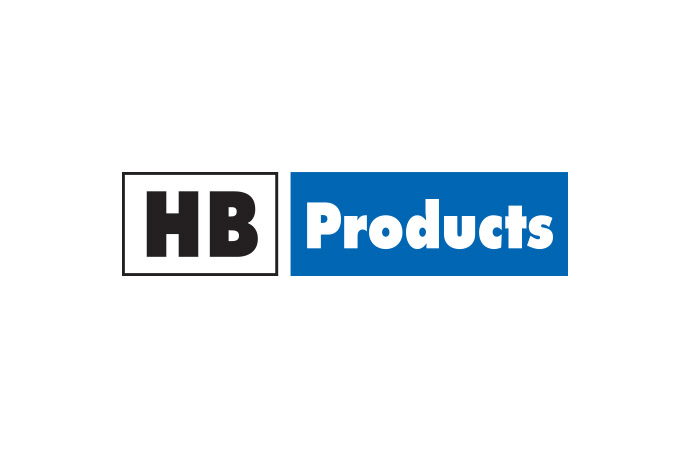Two papers presented at the 23rd IIR International Congress of Refrigeration (ICR) covered the development of optimised low-pressure ammonia scroll compressors and the safety of ammonia systems employed by Russian enterprises.

On 21-26 August 2011, the 23rd International Institute of Refrigeration (IIR) International Congress of Refrigeration (ICR) showcased the latest developments and progress in refrigeration equipment, including ammonia applications.
Development of optimised low-pressure ammonia scroll compressors with maximum efficiency, Oku T., R&D center, Mayekawa Mfg. Co., Ltd.
During a session titled "Advances in vapor compression cycles and equipment design", Oku T., of Mayekawa R&D center, presented research work carried out in conjunction with Osaka Electro-Communication University, Ashikaga Institute of Technology and Bucknell University.
The researchers carried out computer simulations of the volumetric, mechanical and compression efficiencies of a low-pressure ammonia scroll compressor, with a suction volume of 192.5 cm3.
Assuming a fixed cylinder diameter of 155 mm, the researchers identified the design dimensions (including the involute base circle radius and the scroll height) of the scroll configuration that lead to optimum efficiency.
An involute base circle radius of 4.6 mm was found to give an overall efficiency of 81.0%, representing an efficiency improvement of 1.07% compared to a high pressure compressor.
The presenter concluded by noting that the research project has led to the design of a low pressure ammonia scroll compressor with an intermediate pressure chamber based on the scroll wrap dimensions obtained by the presented simulation results.
Industrial Safety of Ammonia Systems of Cold Supplying at High Energy Efficiency, Mednikova N., GNU All-Russian Scientific and Research Institute for Refrigeration Industry
During the session "Environmental footprint from refrigeration", Mednikova gave a poster presentation on work carried out by the GNU All-Russian Scientific and Research Institute for Refrigeration Industry according to which the majority of Russian industrial enterprises active in foodstuff processing and cold storage use ammonia pump-circulation systems encompassing a low level of safety.
The following ammonia charge per kW of cooling capacity were observed in different inspected facilities:
Finally, the authors discuss the Russian rules regarding ammonia refrigerating installation safety and the control of air contamination by ammonia vapour in the machine room:
Development of optimised low-pressure ammonia scroll compressors with maximum efficiency, Oku T., R&D center, Mayekawa Mfg. Co., Ltd.
During a session titled "Advances in vapor compression cycles and equipment design", Oku T., of Mayekawa R&D center, presented research work carried out in conjunction with Osaka Electro-Communication University, Ashikaga Institute of Technology and Bucknell University.
The researchers carried out computer simulations of the volumetric, mechanical and compression efficiencies of a low-pressure ammonia scroll compressor, with a suction volume of 192.5 cm3.
Assuming a fixed cylinder diameter of 155 mm, the researchers identified the design dimensions (including the involute base circle radius and the scroll height) of the scroll configuration that lead to optimum efficiency.
An involute base circle radius of 4.6 mm was found to give an overall efficiency of 81.0%, representing an efficiency improvement of 1.07% compared to a high pressure compressor.
The presenter concluded by noting that the research project has led to the design of a low pressure ammonia scroll compressor with an intermediate pressure chamber based on the scroll wrap dimensions obtained by the presented simulation results.
Industrial Safety of Ammonia Systems of Cold Supplying at High Energy Efficiency, Mednikova N., GNU All-Russian Scientific and Research Institute for Refrigeration Industry
During the session "Environmental footprint from refrigeration", Mednikova gave a poster presentation on work carried out by the GNU All-Russian Scientific and Research Institute for Refrigeration Industry according to which the majority of Russian industrial enterprises active in foodstuff processing and cold storage use ammonia pump-circulation systems encompassing a low level of safety.
The following ammonia charge per kW of cooling capacity were observed in different inspected facilities:
- An average of 14.0 kg/kW
- Up to 27.0 kg/kW in some fruit and vegetable enterprises where all chambers were equipped with air coolers at about 0°С air temperature in chambers
- Up to 40 kg/kW in refrigerating complexes at about minus 20°С air temperature in chambers or even up to 90 kg/kW in some complexes where cooling batteries are used
Finally, the authors discuss the Russian rules regarding ammonia refrigerating installation safety and the control of air contamination by ammonia vapour in the machine room:
- 20 mg/m3 concentration: general ventilation is switched on
- 60 mg/m3 concentration: emergency ventilation is switched on (air circulation ratio related to the volume of the machine room is not less than 11)
- 500 mg/m3 concentration: switching off all energy consuming equipment of the engine-room (compared to concentration of 22,800 mg/m3 according to EN 378)
MORE INFORMATION
Related stories















